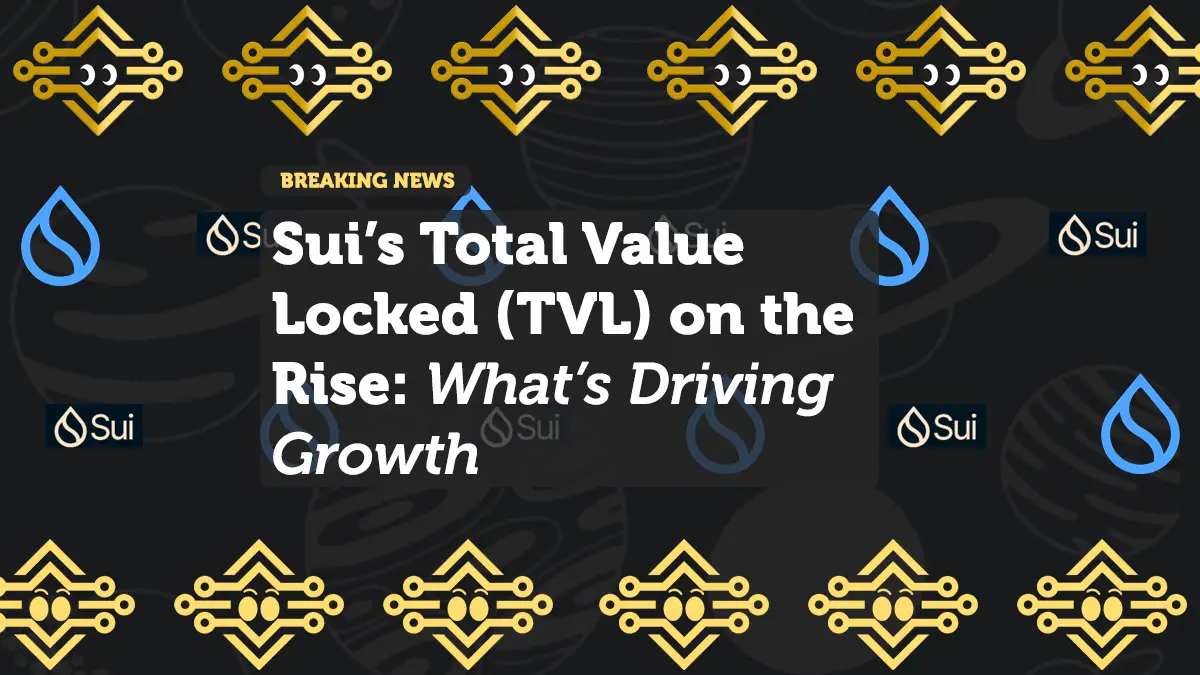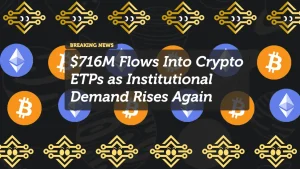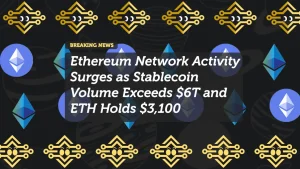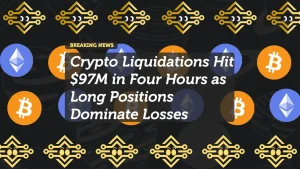
Sui’s Total Value Locked (TVL) on the Rise: What’s Driving Growth
In the ever-evolving blockchain space, Sui, a relatively new Layer 1 (L1) blockchain, is making waves with its impressive growth in Total Value Locked (TVL). This crucial metric, which tracks the value of assets locked within a blockchain’s DeFi ecosystem, has been climbing steadily, signaling increased confidence in the platform. DeFi enthusiasts and investors alike are beginning to take notice of Sui’s growing traction.
But what’s driving this rapid TVL rise, and how does Sui compare to other L1 competitors like Ethereum, Solana, and Aptos? Let’s dive into the factors behind Sui’s success and what its future might hold.
1. What is Sui?
Sui is an innovative Layer 1 blockchain that’s built to handle high throughput and low-latency transactions, offering a cost-effective solution for decentralized apps (dApps) and decentralized finance (DeFi) projects. Developed by former Meta engineers and built on the Move programming language (the same language used by Aptos), Sui seeks to solve some of the most pressing issues in blockchain today—such as network congestion, high gas fees, and scalability limitations.
With its robust architecture, Sui is quickly gaining recognition as a flexible and efficient platform for developers looking to build the next generation of DeFi applications.
2. TVL Surge: What’s Fueling the Growth?
Over the past few weeks, Sui’s TVL has seen consistent growth, suggesting a growing ecosystem and increasing confidence from both developers and investors. Several factors are contributing to this rise:
2.1 New Protocols and dApps
A key driver of Sui’s growing TVL is the launch of new DeFi projects. From decentralized exchanges (DEXs) to lending platforms, new protocols are locking in more value through staking, liquidity pools, and decentralized lending, helping to drive the overall TVL upward. As these projects gain traction, the total assets locked within the ecosystem naturally increase.
2.2 Scalability and Efficiency
One of Sui’s most appealing attributes is its ability to handle a large volume of transactions quickly and at minimal cost. Compared to Ethereum, which often suffers from high gas fees during periods of heavy traffic, Sui provides a cost-effective alternative for developers and users. This scalability and efficiency are key factors in attracting DeFi developers who need a fast and affordable blockchain to build on.
2.3 Growing Ecosystem
Sui’s ecosystem is rapidly expanding, with more decentralized applications, NFTs, and DeFi platforms coming online. As the ecosystem grows, so does the demand for Sui’s native token, which is required for transactions and staking within these protocols. The expansion of this ecosystem drives higher token demand, further increasing the overall TVL.
2.4 Investor Confidence
Sui’s growing success has not gone unnoticed by venture capital firms and institutional investors. Backed by significant investment and a well-executed tokenomics model, Sui has attracted liquidity from both retail and institutional investors alike. This investor confidence has led to increased staking on the network, which in turn pushes the TVL higher.
3. TVL: What It Means for Sui’s Future
Total Value Locked is one of the most important indicators of a blockchain’s health and activity. A rising TVL often signals growing developer interest, increased user activity, and strong network effects. For Sui, its recent surge in TVL suggests that it is successfully positioning itself as a contender in the competitive Layer 1 blockchain space.
However, Sui’s long-term success will depend on its ability to maintain this momentum. As more users and developers come onboard, Sui must ensure that its network can scale effectively while maintaining security and performance standards.
4. Key Risks to Consider
While Sui’s growth is promising, it’s important to be aware of the potential risks as the network continues to evolve:
4.1 Security Concerns
As Sui’s TVL rises, so does its attractiveness to hackers. Security vulnerabilities are a common risk for any growing blockchain network, and Sui will need to ensure its protocols are robust enough to withstand potential attacks. A significant breach could damage both its reputation and TVL.
4.2 Competition
Sui is entering a crowded market, competing with well-established Layer 1 networks like Ethereum and Solana, as well as newer blockchains like Aptos. Staying competitive will require constant innovation, strategic partnerships, and the ability to attract developers and projects that will continue to push the TVL higher.
5. Conclusion: Sui’s TVL Growth – A Sign of What’s to Come?
Sui’s impressive TVL growth is more than just a number—it’s a sign that the network is beginning to gain serious traction in the DeFi space. With its combination of innovative technology, a rapidly expanding ecosystem, and growing investor confidence, Sui is positioning itself as a serious competitor in the Layer 1 blockchain race.
However, the real test will be whether Sui can maintain this upward trajectory over time. As the network continues to scale and attract more users, it will face challenges in maintaining performance, security, and innovation. But for now, Sui’s rising TVL is a strong indicator that this blockchain is one to watch closely in the months and years ahead.
Key Takeaway: Sui is carving out its place in the Layer 1 blockchain space, and its rising TVL shows it has the potential to become a major player in the world of decentralized finance. Investors and developers should keep an eye on Sui as it continues to evolve and navigate the competitive blockchain landscape.
















